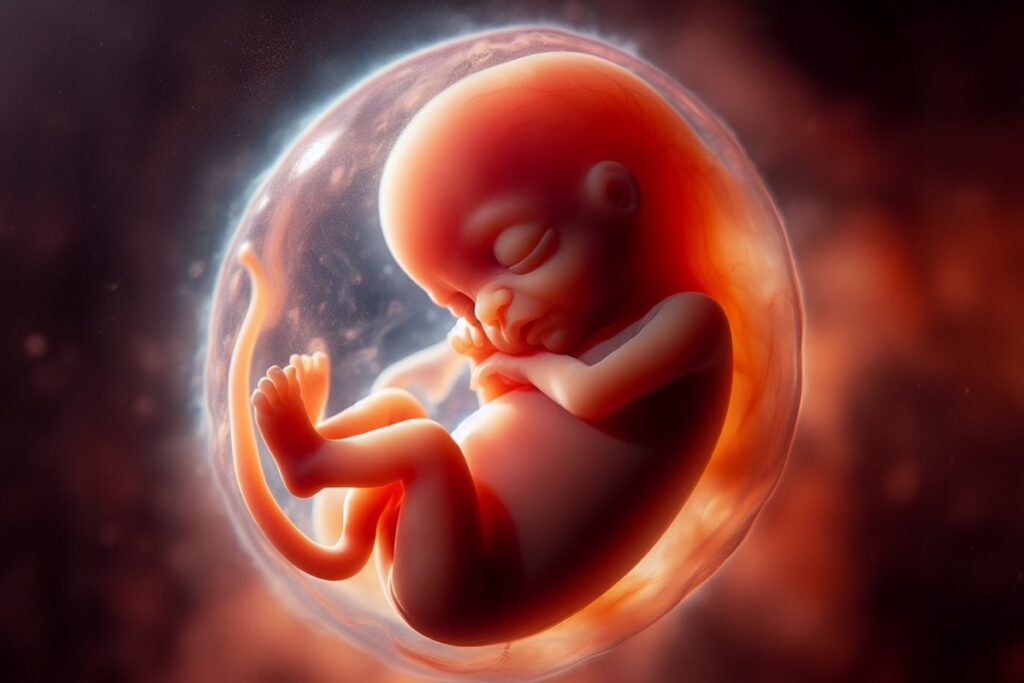Ethical dilemmas of genetic testing, and the history behind them

Imagine you are in a hospital lobby bustling with parents and noisy children, and then you take the elevator way up to a quiet prenatal diagnostics center, where no children have yet appeared. You are entering the world of to be born or not to be born.
The future is now
So began the beautifully contemplative and morally harrowing essay draft we workshopped this month by a young doctor and disease researcher grappling with the ethical implications of parents choosing whether or not to have a certain kind of baby, depending on its genetic predispositions.
The ethics became even edgier as the author, a Finn, described "the Finnish disease heritage"—a collection of genetic conditions that has been mostly unique to Finland's relatively isolated gene pool. While this heritage creates special risks, the author had to acknowledge as a disease investigator that it also creates special research opportunities.
The past was also the future
Paired with this essay draft, for perspective and context we also read selections about the recent history of genetics and eugenic thinking from the book Ghost Stories for Darwin: The Science of Variation and the Politics of Diversity by Banu Subramaniam. Subramaniam digs up debates about selecting "better babies" that were suprisingly common in mainstream science not that long ago.
In particular, Subramaniam focuses on an early twentieth-century disagreement between American Nobel Prize–winning geneticist Hermann Muller and Ukrainian-American geneticist and evolutionary biologist Theodosius Dobzhansky. Muller wanted to breed a future race of the genetically healthiest and most talented humans possible. Dobzhansky, by contrast, felt that maximum genetic diversity and flexibility was the key to human flourishing. What united the two men, though, as Subramaniam writes, was that they were both enthusiastic and respected eugenicists:
Eugenics was a broad philosophy about human betterment and was embraced by a wide range of political ideologies, including the political left and the right. Muller wanted a world that would be filled with brilliant men such as Newton, Lenin, Pasteur, Beethoven, Omar Khayyam, Pushkin, Sun Yat-sen, and Marx. His many proposals for improving society included starting an organization that collected sperm of great men and made them available to women. A homogeneous world of brilliance was the pinnacle of a great society for Muller.
In contrast, Dobzhansky held that diversity was the "supreme value"; he favored a world replete with social, political, and genetic variation. "Do we really want to live in a world with millions of Einteins, Pasteurs and Lenins?" he asked and answered with a "No!". To him genetic diversity and cultural diversity were related—just as he wanted a world that was culturally diverse, he believed that it was good for individuals to be genetically diverse, or heterozygous, and for populations to be polymorphic.
These political and ideological positions spilled into their science, as for both Muller and Dobzhanksy, scientific and social values were inextricably interconnected. Muller's ideas were shaped by World War II, the use of the atomic bomb, and the effects of radiation seen in the horrors of postwar Japan. Muller was a pioneer in the research demonstrating the harmful effects of radiation. To him radiation produced mutations and variation that were inherently undesirable. Dobzhanksy, in contrast, saw variation as desirable and linked to a deep commitment to a diverse and egalitarian world. Along with L. C. Dunn, he published Heredity, Race and Society, which used scientific evidence to counter biological claims about race. While they acknowledged that "not all human beings are alike," they cautioned against pure biological or cultural determinism.
To Muller, all mutation was deleterious and thus an active eugenics program was necessary to foster the purifying effects of natural selection. Mutations, according to Muller, were harmful, and accumulating mutations increased what he termed the "genetic load" of a population. With the backdrop of post–World War II Japan, Muller promoted the view that we should reduce mutations and variation.
In contrast, Dobzhansky saw variation as generally adaptive and thus the presence of variation was a sign that natural selection actively maintained genetic variation through balancing selection. Because he felt that populations with the highest genetic variation would have an advantage over those that did not, he believed that the more coercive practices of eugenics would not work. To Dobzhanksy, genetic variation was critically important for evolution and genetic diversity was something we should cherish. Dobzhansky favored a world replete with diversity (genetic, cultural, and political), while Muller strove for a world where we were all smart and kind.
Could this history help inform the choices of parents equipped with sophisticated genetic-testing tools today?
Image: Naratrip Boonroung, Vecteezy